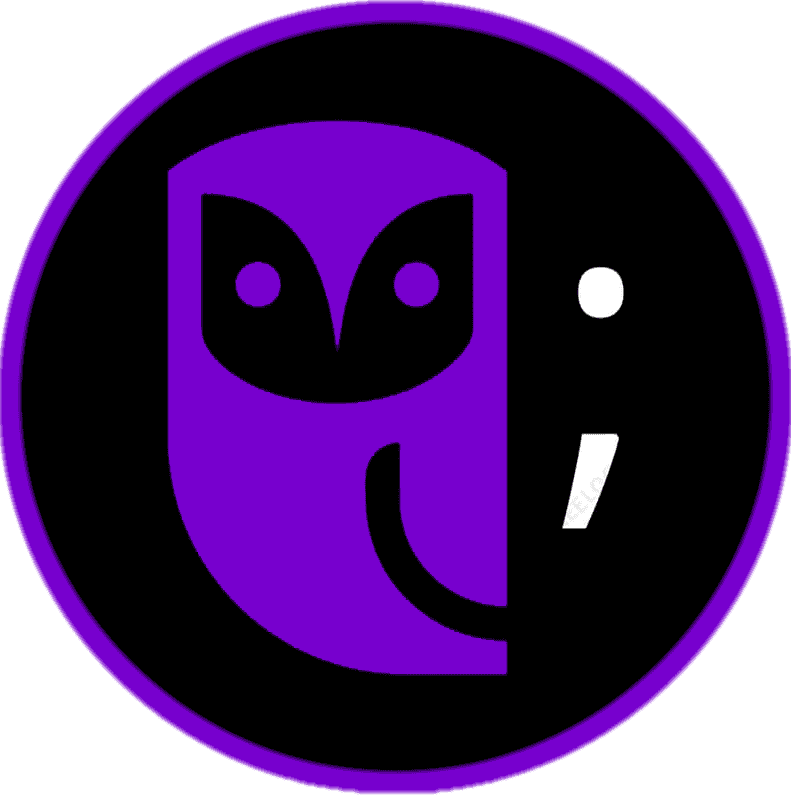Exploring Modern Web Design Trends: The Future Of Online Aesthetics
Reading time: 8 minutes
Table of Contents
As we navigate through 2024, web design continues to evolve, embracing both aesthetics and functionality. This year, modern web design trends focus on enhancing user experience while incorporating cutting-edge technology. Here are a few key trends exploring modern web design shaping the future of web design with tools like Elementor.
Dark Mode Design
Dark mode has become more than just a color scheme preference; it’s a design philosophy. It not only reduces eye strain in low-light environments but also extends battery life on OLED screens. Designers are increasingly adopting this trend, offering users the option to switch according to their preference. This shift towards dark mode signifies a broader trend in modern web design where user-centered design principles are prioritized to enhance the overall experience, often implemented through platforms like Elementor.
Dark mode enhances readability in low-light settings and provides a sleek, modern aesthetic that appeals to many users. It also aligns with sustainability efforts by saving energy on OLED and AMOLED screens. For developers and designers, implementing dark mode can involve creating a separate stylesheet or using CSS variables to toggle between light and dark themes. This adaptability makes dark mode a versatile option in the toolkit of modern web design.
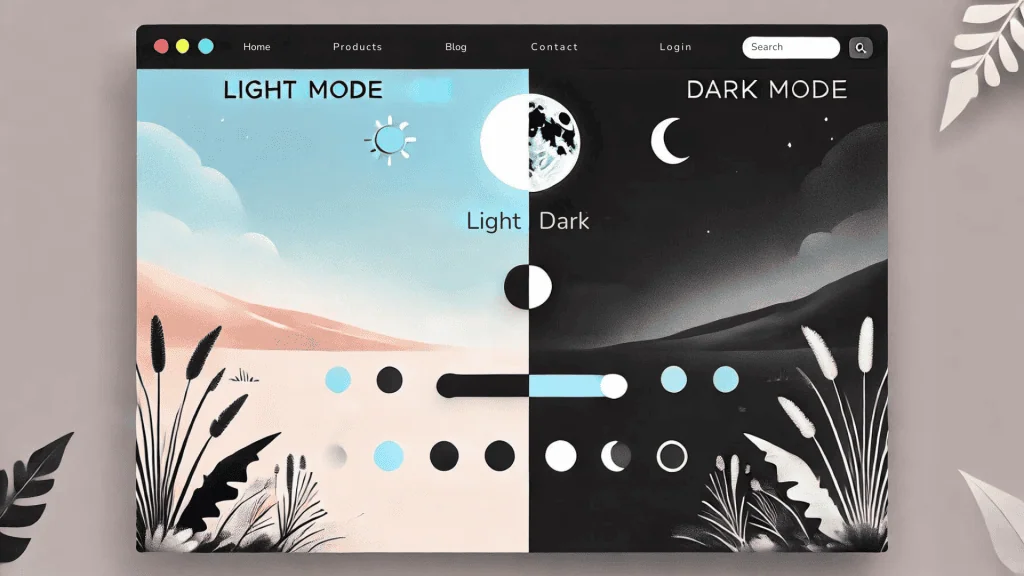
Minimalism and Maximalism
Minimalism continues to dominate with its clean, uncluttered layouts that enhance user experience by making content easy to digest. This design approach aligns with ux best practices, focusing on simplicity and clarity to improve usability. Exploring modern web design, minimalist design emphasizes negative space, simple typography, and a limited color palette. It directs the user’s attention to essential content and functionalities, reducing cognitive load and making navigation intuitive.
In contrast, maximalism is making a bold entrance with vibrant colors, mixed typography, and layered textures, catering to brands looking to make a strong visual impact. Maximalist design embraces complexity and richness, creating immersive and visually stimulating experiences. This approach can be particularly effective for brands that want to convey a sense of luxury, creativity, or uniqueness. The juxtaposition of these two styles shows the diverse range of modern web design trends that cater to different user preferences and brand identities.
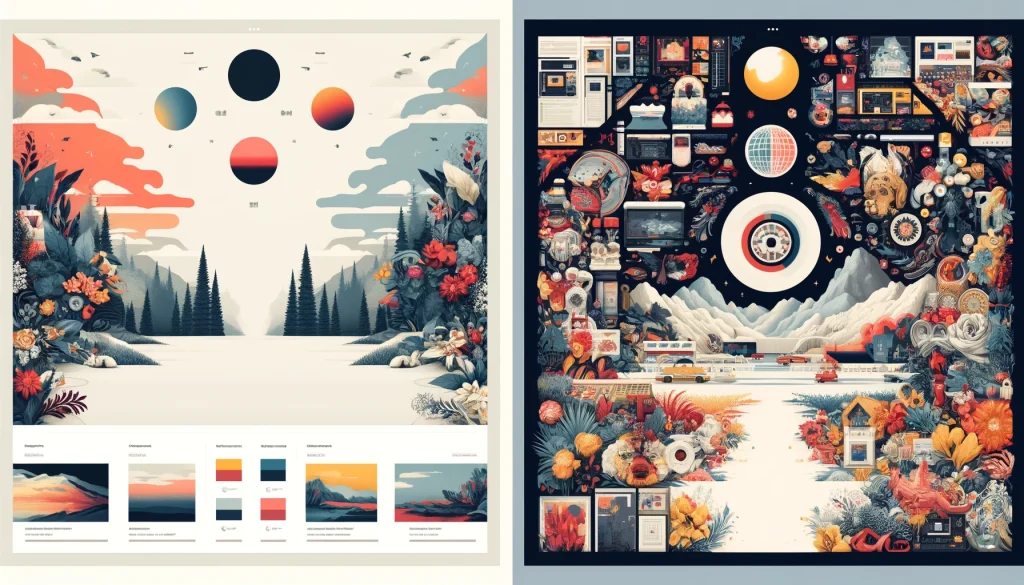
Advanced Scrolling Experiences
Parallax effects and innovative scrolling animations are being used to create engaging and interactive storytelling on websites. This trend not only captivates users but also encourages them to spend more time exploring content. By leveraging these advanced scrolling techniques, designers can enhance the overall user experience and adhere to ux design principles that emphasize engaging and interactive interfaces.
Advanced scrolling experiences can include horizontal scrolling, infinite scrolling, and scroll-triggered animations. These techniques can be used to guide users through a narrative, reveal information progressively, or create a sense of depth and dimension. However, it’s crucial to implement these features thoughtfully to avoid overwhelming users or causing performance issues.
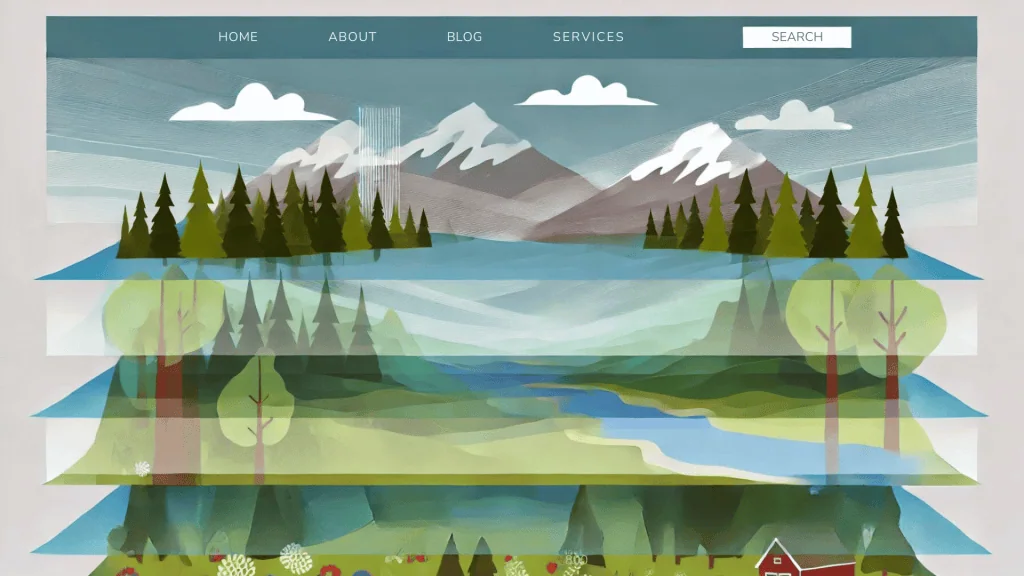
Voice-Activated Interfaces
With the rise of AI and voice-assistant technologies, voice-activated interfaces are becoming increasingly popular. Websites incorporating voice search functionalities are enhancing accessibility and improving user experience, especially for mobile users. This trend reflects a broader movement towards user-centered design, where the needs and preferences of the user are at the forefront of design decisions. Incorporating voice-activated features is a testament to how modern web design is evolving to meet the demands of a tech-savvy audience, exploring modern web design.
Voice-activated interfaces can significantly improve accessibility for users with disabilities and provide a hands-free browsing experience. To implement voice search, designers and developers can use Web Speech API or integrate with popular voice assistants like Google Assistant and Amazon Alexa. This feature can be particularly useful for e-commerce sites, news portals, and any platform where quick information retrieval is crucial.
AI-Powered Personalization
AI is revolutionizing how websites interact with visitors by enabling real-time customization of content and recommendations based on user behavior. This personal touch improves user engagement and satisfaction. AI-powered personalization is a key component of modern web design, allowing for dynamic and tailored user experiences that adhere to ux best practices. By utilizing AI, designers can create websites that not only look good but also provide a personalized and intuitive user experience.
To fully capitalize on these innovations, it’s worth exploring the horizon of future trends in CMS technology, which are shaping how content is delivered and personalized at scale. AI can analyze user data to predict preferences, suggest products, and tailor content.
This technology can be used in various ways, from personalized homepages and targeted ads to dynamic content and chatbot interactions. Implementing AI requires a robust data infrastructure and a focus on privacy and data security. When done correctly, AI-powered personalization can significantly enhance user engagement and conversion rates.
Best Web Design Software Tools
The tools designers use are crucial in bringing these modern web design trends to life. The best web design software in 2024 includes platforms that offer robust features for both design and development. Tools like Adobe XD, Sketch, and Figma continue to lead the industry, providing designers with the capabilities to create stunning, user-centered designs. These software tools, alongside Elementor, are essential for implementing UX design principles and ensuring that the final product is both visually appealing and highly functional.
Adobe XD offers a comprehensive suite of tools for designing, prototyping, and sharing user experiences. Its integration with other Adobe Creative Cloud apps makes it a powerful choice for designers working across different media. Sketch is known for its intuitive interface and extensive library of plugins, making it a favorite among UI/UX designers. Figma stands out with its real-time collaboration features, allowing teams to work together seamlessly on design projects.
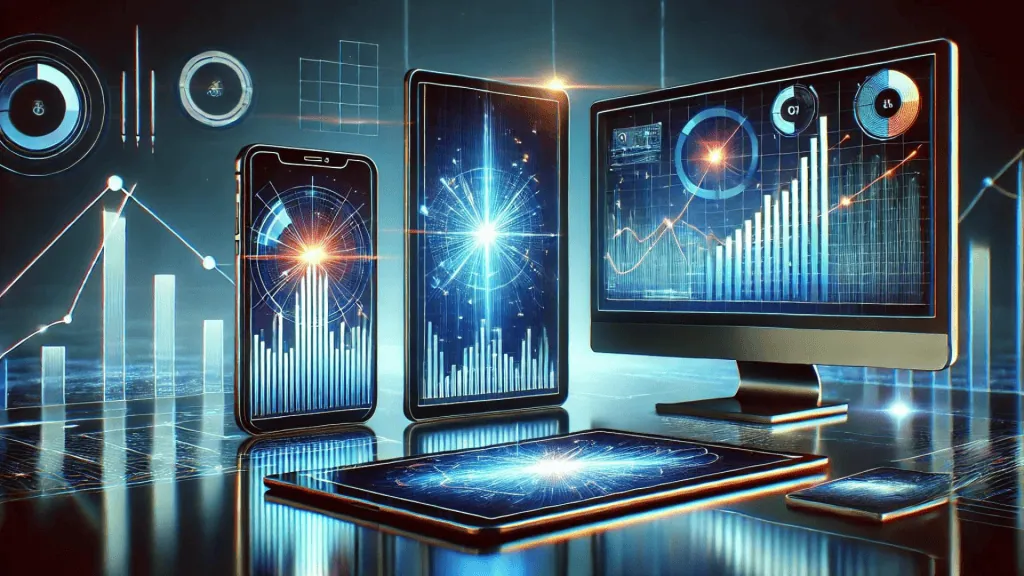
The Importance of User-Centered Design
At the heart of these modern web design trends is the principle of user-centered design. This approach ensures that the needs, preferences, and limitations of the end-users are given utmost importance. By focusing on user-centered design, web designers can create products that offer meaningful and relevant experiences to users. This philosophy is reflected in the trends discussed, from dark mode and minimalism to AI-powered personalization and voice-activated interfaces.
User-centered design involves conducting user research, creating personas, and iterating designs based on user feedback. It prioritizes usability and accessibility, ensuring that websites are easy to navigate and use for a diverse audience. By putting users first, designers can create experiences that are not only functional but also enjoyable and engaging.
UX Best Practices and Principles
Adhering to ux best practices and principles is crucial for any successful web design project. These principles guide designers in creating interfaces that are not only aesthetically pleasing but also easy to use. Key ux design principles include simplicity, consistency, feedback, and accessibility. By following these guidelines, designers can ensure that their designs provide a seamless and enjoyable user experience. This focus on usability and functionality is what sets apart modern web design from traditional approaches.
Simplicity involves removing unnecessary elements and focusing on essential functions and content. Consistency ensures that design elements and interactions are uniform throughout the site, enhancing usability and user confidence. Feedback provides users with immediate responses to their actions, improving their understanding and satisfaction. Accessibility ensures that websites are usable by people with diverse abilities, complying with standards like the Web Content Accessibility Guidelines (WCAG).
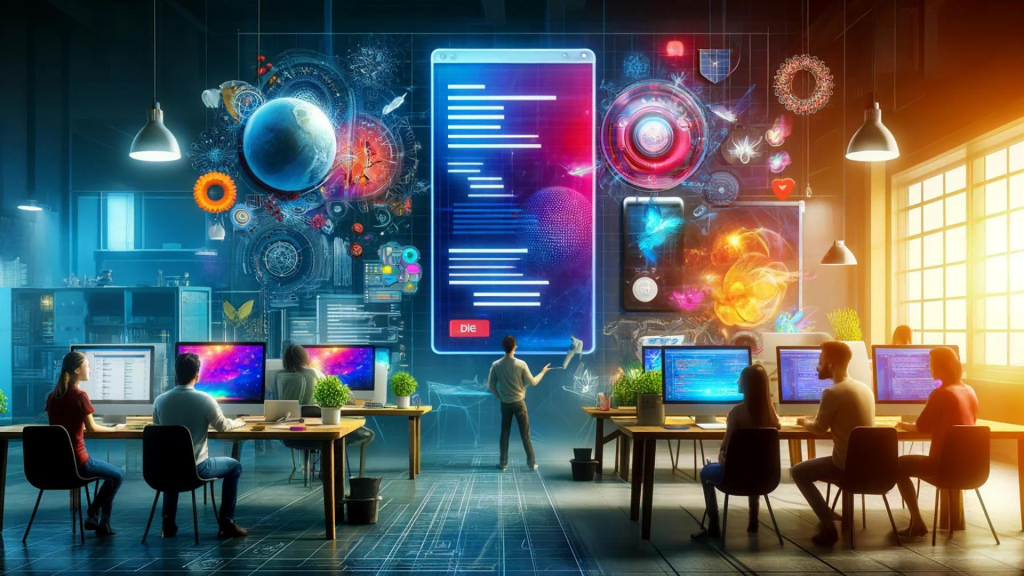
The Future of Modern Web Design
As we look to the future, it’s clear that modern web design will continue to evolve, driven by advancements in technology and changing user expectations. The integration of AI, the emphasis on user-centered design, and the adoption of new trends like dark mode and advanced scrolling experiences all point to a future where web design is more dynamic, personalized, and user-friendly. This evolution is closely mirrored in how digital marketing is transforming—particularly through the future of programmatic advertising trends and predictions, where automation and data-driven strategies are reshaping user engagement.
Future trends may include the use of augmented reality (AR) and virtual reality (VR) to create immersive web experiences, increased automation in design processes, and the continued rise of responsive and adaptive design techniques. As technology advances, designers will need to stay updated with the latest tools and methodologies to create innovative and effective designs.
In conclusion, the landscape of web design in 2024 is marked by a blend of aesthetic innovation and functional improvement. By exploring modern web design trends and adhering to ux best practices and principles, designers can create websites that not only look great but also provide an exceptional user experience. The future of online aesthetics is bright, with endless possibilities for creating engaging, user-centered digital experiences. Discover how Owltek Solutions can transform your online presence with their innovative web design services!
**This post contains affiliate links, meaning I may earn a small commission if you make a purchase through one of them. Rest assured, I only recommend products I truly love. Your support helps keep my creative business thriving — thank you!**
